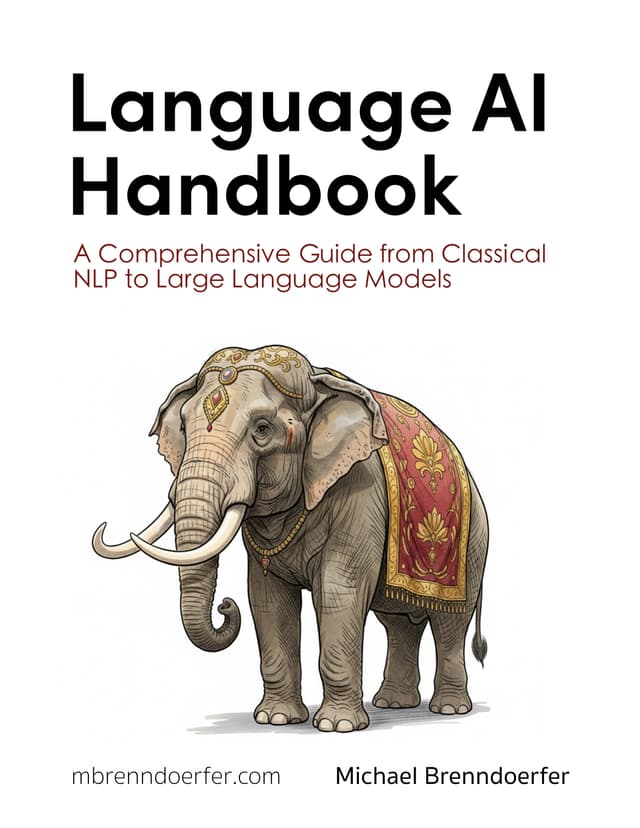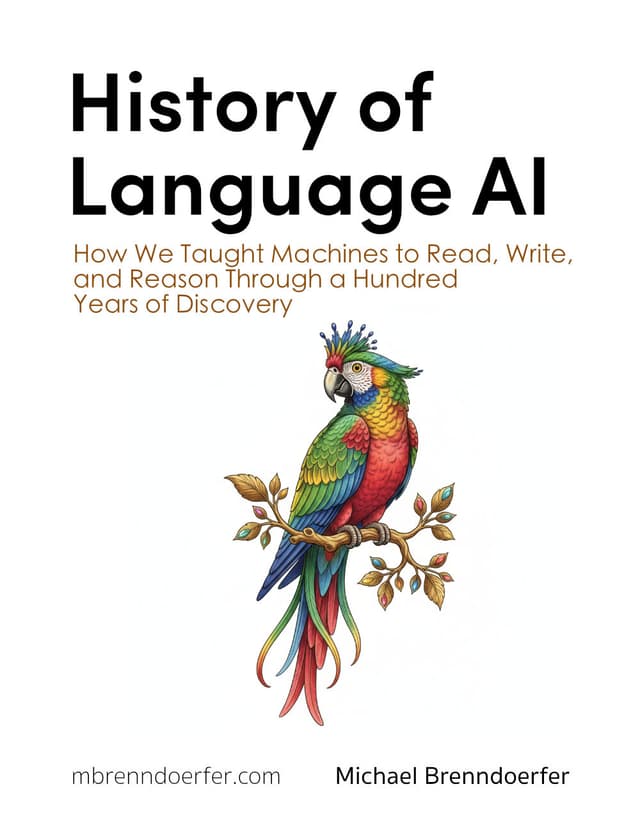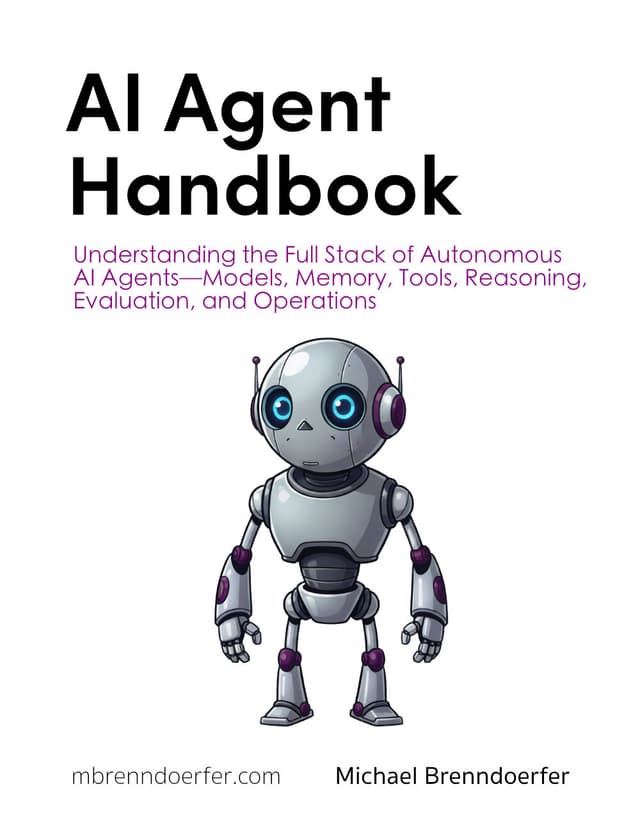A Free Synthetic Corpus for Speaker Diarization Research
Erik Edwards, Michael Brenndoerfer, Amanda Robinson, Najmeh Sadoughi, Gregory Finley, Maxim Korenevsky, Nico Axtmann, Mark Miller, David Suendermann-Oeft
SPECOM 2018 (20th International Conference on Speech and Computer) • 2018



